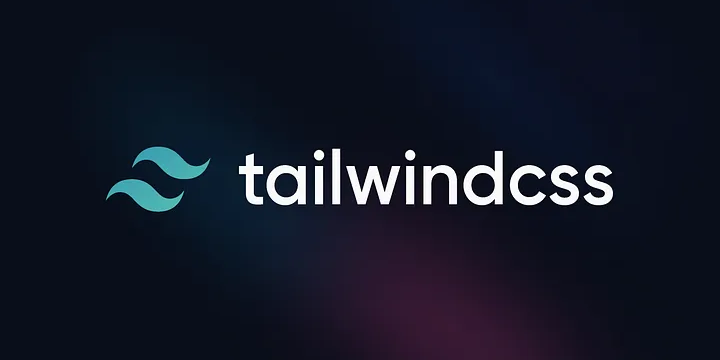Interpreting Tailwind CSS: A Beginner's Guide to Streamlined Styling(Part-1)
 Rupen Bhimani
Rupen Bhimani
Table of Contents:
Introduction
What is Tailwind CSS?
Comparing Tailwind CSS to Other CSS Frameworks
Advantages of Tailwind CSS
Why Choose Tailwind CSS?
Performance Considerations
Introduction
TailwindCSS has been making waves in the web development community for its unique approach to styling websites. In this first part of our Tailwind series, we'll dive into what Tailwind CSS is, why it's gaining popularity, and how it compares to other CSS frameworks. Whether you're a seasoned developer or just starting out, this guide will help you understand the fundamentals of Tailwind CSS and why it might be the right choice for your next project.
What is Tailwind CSS?
Tailwind CSS is a utility-first CSS framework that allows you to rapidly build modern websites directly within your HTML. Unlike traditional CSS frameworks like Bootstrap or Foundation, which provide pre-designed components, Tailwind gives you a set of low-level utility classes that you can use to style your elements.
This approach offers unparalleled flexibility and control over your styles, making it easier to create custom designs without writing custom CSS.
Comparing Tailwind CSS to Other CSS Frameworks
Let's take a brief look at some of the other popular CSS frameworks out there, such as Bootstrap, Foundation, and Bulma. While these frameworks provide ready-made components and predefined styles, they often come with a steep learning curve and limited customization options. Tailwind, on the other hand, empowers developers to create unique designs with minimal effort, thanks to its extensive utility classes and responsive design system. Advantages of Tailwind CSS:
Advantages of Tailwind CSS
Streamlined Workflow: Tailwind's utility-first approach eliminates the need for writing custom CSS, allowing you to style your elements directly in your HTML markup.
Flexibility and Customization: Tailwind provides a vast array of utility classes that cover everything from typography and spacing to layout and color, giving you complete control over your design.
Rapid Prototyping: With Tailwind, you can quickly prototype and iterate on your designs without getting bogged down by CSS specificity or conflicting styles.
Seamless Integration: Tailwind is compatible with any HTML project and can easily be integrated into popular JavaScript frameworks like React, Vue.js, and Angular, as well as server-side frameworks like Next.js and Nuxt.js.
Why Choose Tailwind CSS?
Tailwind offers a modern approach to styling websites that aligns with the latest CSS features and best practices. By leveraging utility classes, developers can write clean, concise code that is easy to read and maintain.
Additionally, Tailwind's responsive design system ensures that your site looks great on any device, without the need for media queries or complex layout techniques.
Performance Considerations
Despite its utility-first approach, Tailwind CSS is designed to be performant out of the box.
By using PurgeCSS to remove unused classes from your final build, Tailwind ensures that only the styles you actually use are included in your CSS bundle. This helps keep your file sizes small and your page load times fast, even on large-scale projects.
Conclusion
In this introductory guide, we've explored the basics of Tailwind CSS and why it's becoming the go-to choice for modern web development. With its simplicity, flexibility, and performance benefits, Tailwind offers a refreshing alternative to traditional CSS frameworks. In the next part of our series, we'll dive deeper into the nuts and bolts of using Tailwind CSS in real-world projects, so stay tuned!
Subscribe to my newsletter
Read articles from Rupen Bhimani directly inside your inbox. Subscribe to the newsletter, and don't miss out.
Written by
